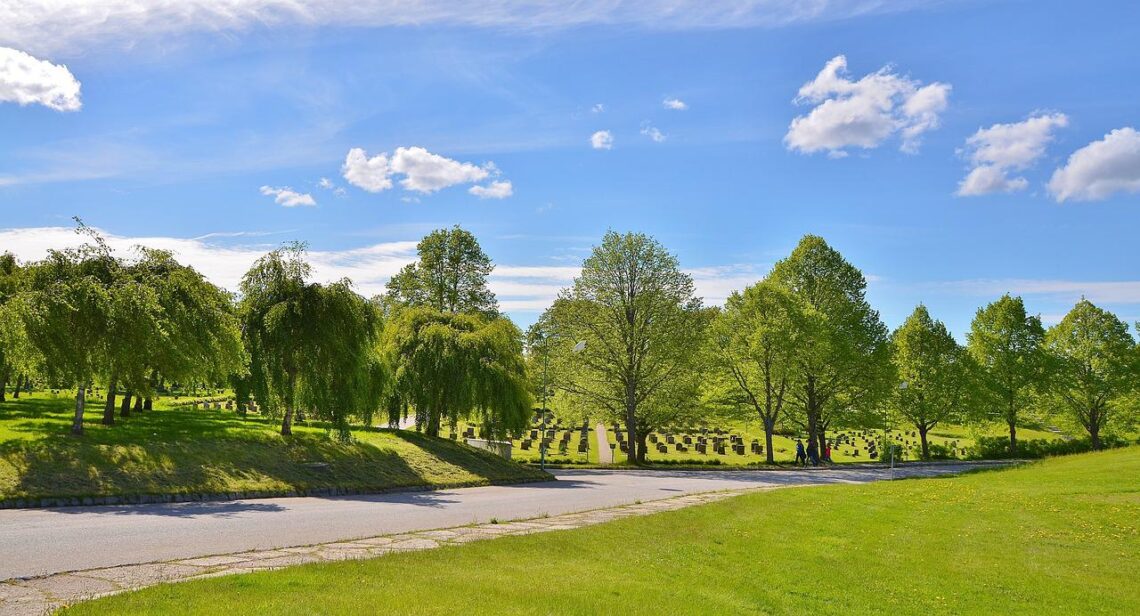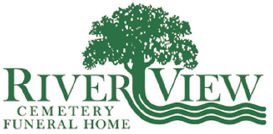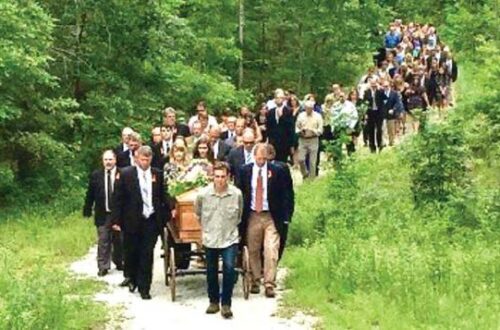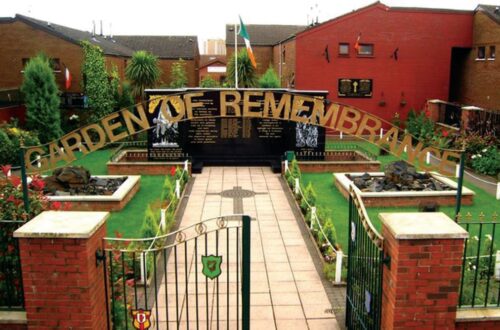We get many things that we use in our daily lives from “the Land” – the food we eat, fiber for our clothes, and raw material for heat, homes, buildings, and roads. We’re surrounded by element-based things extracted or grown from the soil and fashioned into shapes we find useful or pleasing enough to consume. We’re also getting good at re-using the elements in that fiber, that liquid, that meltable plastic, so we don’t have to use virgin material, thereby reducing costs and impacts on the environment in the process.
In fact, our bodies are some of the best recycling machines around. We eat foods that begin as soil, like carrots or cornbread, then bio-chemically break them down into the raw materials for bones, blood, skin, and all our body cells. Thus, we can walk and bike around, have parties, and reproduce. Many of those nutrients stay inside our bodies for a long time, changing roles like actors in a play as cells divide, live, and die, recycling the calcium, phosphorus, iron, and other elemental goodies over and over again. But we can’t hang onto them forever because we don’t hang onto being US forever. So what do we do with OUR stuff when we’re done with it? Do we put it back where we got it or not?
Until a short while ago, most of us went back into the Earth we came from. We died, were buried in a coffin or shroud that turned to soil eventually, and our bodies followed suit. In other words, we composted ourselves. The soil that had once been a carrot or an ear of corn, meandering through Earth-time as a person, went back to being soil again, looking for its next adventure. Life was good.
However, something happened in the late 1800s. Within a couple of generations, we weren’t the delicious underground recycled sandwich we’d once been. Instead, our bodies were preserved with heavy metals (mercury, lead, and arsenic or, more recently, formaldehyde). We were packaged in metal or wood caskets lined with non-degradable foam and fabric, secured and sealed with chemical colors and finishes. And, as if that weren’t enough, our preserved bodies in their elaborate packages were placed in concrete containers, both above and below ground, often sealed up against “invasion” by water or soil for as long as the seals resisted Nature’s hunger for the dinner within.
But the elements and nutrients in bodies – like those in aluminum cans and newspapers and veggie scraps – come from the soil, and they belong in the soil, not permanently locked away in sealed containers. Fortunately, things are changing. You couldn’t always recycle a soymilk container or an aluminum can, but eventually, someone figured out how. With enough time and demand, smart businesses come around to their customers’ preferences even with end-of-life matters. Sooner or later, the recycler (the cemetery!) gets involved, so incineration (cremation!) isn’t the only option.
Getting back to the land with a natural burial – the burial of an unpreserved body inside a biodegradable container, destined for contact with soil and at a depth suitable for decomposition – makes that recycling easy. Cemeteries throughout Oregon increasingly offer vaultfree burial (though not all advertise, so you have to ask), and it’s often as simple for them as a policy change. The best of these allow a natural burial anywhere in the cemetery, next to a family member, or in a cemetery section that you love, not just a little corner reserved for “doing it right.”
This Earth Day, Oregon is a leader in the emerging natural burial movement. Its historic garden cemeteries are great “recycling centers” where bodies can turn back to Earth for families who want a dignified and respectful place to manage that complicated and emotional return.
Oregon State University offers a Sustainable Cemetery Studies Lab. In addition, a growing number of end-of-life products and service providers recognize the importance of completing the cycle of life in this very basic way. As a result, natural choices are emerging for those who wish for them.
So, Earth Day will soon be here. For the thousands of people in Oregon this year who are going to die – and for the millions of us who will die someday – with a little bit of planning and forethought, there can be a “Back to the Earth Day”, as well. You’re walking soil now. Become soil again; it’s the natural thing to do.
Cynthia Beal is the founder of the Natural Burial Company, the impulse behind the Sustainable Cemetery Studies Lab at Oregon State University, and the owner of two Lane County historical cemeteries.
Get a free Natural Funeral Planner at: www.naturalburialcompany.com
For more info: www.greenburialcouncil.org






